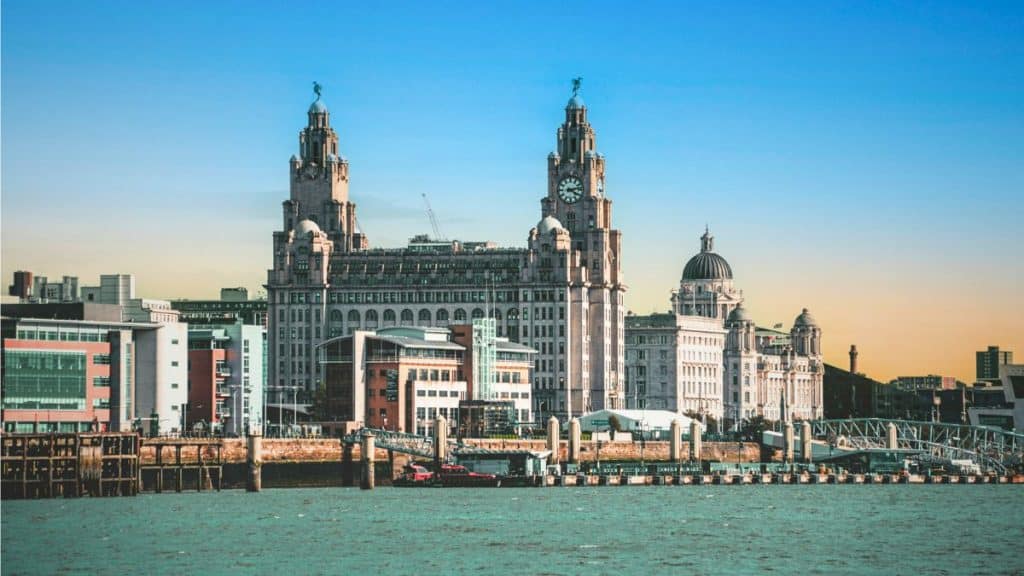There’s no shortage of cities vying for attention in the UK’s investment landscape. Manchester often takes a lion’s share of the headlines, and London remains a behemoth, albeit one with a few cracks in its foundations. But Liverpool? Liverpool is quietly — and persistently — doing its own thing.
For the seasoned investor, it’s increasingly hard to ignore.
A city that’s always reinventing itself
Historically shaped by trade and maritime commerce, Liverpool has seen more than its fair share of highs and lows. Yet, there’s something about the city that seems built for regeneration. Whether it’s through cultural milestones like the European Capital of Culture win in 2008 or massive development projects such as Liverpool ONE and the Knowledge Quarter, this is a place that rarely stays static.
That ability to evolve isn’t just good PR — it matters to long-term investors. Cities that know how to pivot tend to weather economic storms better. And in Liverpool’s case, regeneration isn’t just skin-deep. It’s infrastructure, it’s innovation, it’s education. In short, it’s fertile ground for sustainable growth.
Why tenant demand isn’t slowing down
At the heart of every investment decision is one major question: will someone want to live here? In Liverpool, the answer is yes — emphatically so. The city has one of the youngest populations in the UK, a healthy stream of students across multiple universities, and a local economy that supports a steady influx of professionals.
Crucially, there’s a reliable tenant base in the North West — and Liverpool’s slice of that pie is both stable and growing. This isn’t just about student lets anymore (though those still perform well); it’s about graduate retention, local career growth, and the city’s increasing pull for remote workers looking beyond London for affordable, vibrant urban life. All of that combines to produce demand that rarely dips — even during tougher economic cycles.
The numbers keep making sense
Let’s talk returns. Liverpool’s average property prices still sit well below the national average, yet rental yields regularly outperform the UK norm. That equation — low entry point, high potential return — continues to appeal to first-time and seasoned investors alike.
And while some cities are seeing shaky valuations and fluctuating rental demand post-pandemic, Liverpool has shown resilience. Part of that comes from its diverse economy: healthcare, education, digital services, and logistics all play a part. Another part is timing — the city hit its stride in regeneration just as affordability became a national talking point.
So investors aren’t just buying property, they’re buying into a trend that still has legs.
Regeneration isn’t slowing either
Development in Liverpool has become more than a trend — it’s practically policy. The Knowledge Quarter, for example, has transformed what was once overlooked real estate into a hub for science, education, and tech. Paddington Village is adding another layer, with life sciences and digital health at its core. And let’s not forget the waterfront, which continues to evolve with commercial, leisure, and residential spaces.
This kind of sustained development creates a feedback loop. It draws in employers, which draw in workers, who then need places to live. And the more that ecosystem grows, the more appealing it becomes to external investment — both domestic and international.
Affordability plus ambition equals long-term value
It’s easy to assume that low property prices equal higher risk. But Liverpool bucks that assumption in key ways. The city’s affordability is less about a lack of desirability and more about lag — the kind that offers investors a window of opportunity before prices catch up to demand.
This is a city with ambition. You can feel it in the independent businesses springing up in the Baltic Triangle, in the creative energy around the Fabric District, and in how quickly brownfield sites are being reimagined into usable, liveable space. Liverpool doesn’t feel like a finished product, which is precisely why it attracts people who want to grow alongside it.
A word on timing
It’s fair to say that the wider property market isn’t the easiest landscape to navigate right now. Interest rates are unpredictable, inflation remains stubborn, and affordability is under pressure. But in times like these, the fundamentals matter more than ever.
And Liverpool’s fundamentals — from housing demand and infrastructure investment to tenant reliability and competitive yields — continue to stand up to scrutiny. It’s not about timing the market perfectly; it’s about choosing locations that are built to last.
Final Thoughts
Long-term investing is, by nature, an exercise in patience and belief. You’re backing a place not just for where it is now, but where it’s going. Liverpool offers both a compelling present and a credible future — a combination that’s increasingly hard to find in today’s crowded landscape.
In short, it’s a city that rewards those who stick around.

